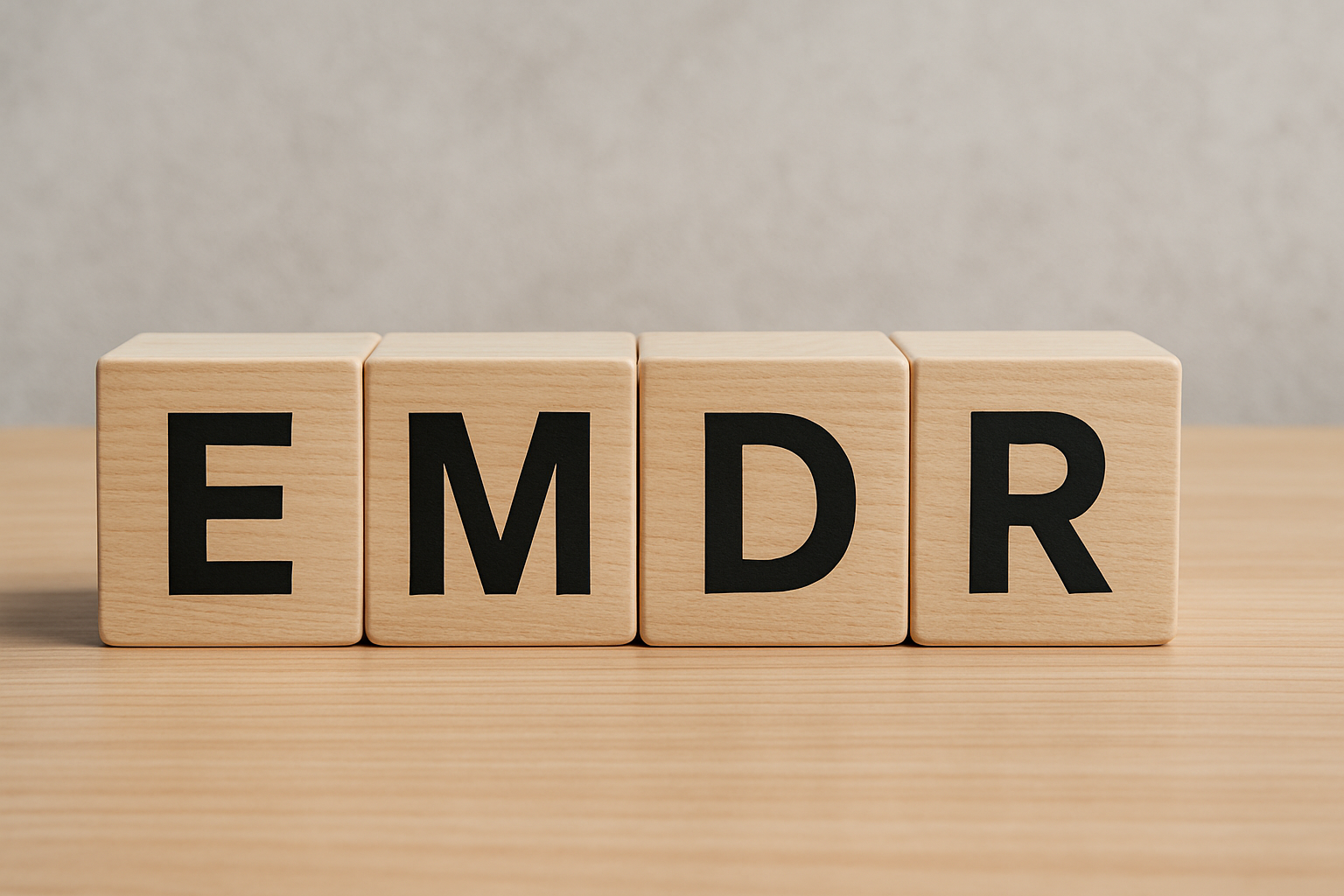Understanding the Mind–Body Connection: Why Thoughts and Feelings Matter
Introduction: The Link Between How You Think and How You Feel
Have you ever noticed that when you’re worried, your stomach tightens — or when you’re excited, your heart races? These aren’t coincidences. They’re signs of the mind–body connection, a fascinating relationship between your mental and physical states.
Your thoughts and emotions don’t just stay in your head. They send messages throughout your body, influencing everything from your heartbeat to your energy levels. When we understand this connection, we can respond to stress, tension, or fatigue in healthier ways.
The goal isn’t to “control” every thought or feeling, but to build awareness — so you can take small, positive steps that support your overall wellbeing.
1. How the Mind and Body Communicate
Your body is constantly responding to what’s happening in your mind, even if you don’t notice it. When you face a stressful situation — like a deadline or an argument — your brain sends signals through your nervous system that can speed up your heart rate or tighten your muscles.
This is your body’s way of preparing you to take action — a natural and helpful response that dates back to our early survival instincts. Once the moment passes, your body is designed to return to balance. But if stress becomes constant, the body can stay in that “alert” state for too long, leading to fatigue and tension.
Conversely, when your mind feels calm or joyful, your body often follows. Relaxed breathing, steady heart rate, and a sense of lightness are all signs of your body responding positively to peaceful thoughts or comforting experiences.
Understanding this back-and-forth communication helps you recognise how deeply connected your emotional and physical wellbeing really are.
2. Everyday Examples of the Mind–Body Connection
You don’t need to be in a high-pressure situation to experience this link — it happens constantly in daily life.
Think about how your body feels:
- Before a presentation: Maybe your palms sweat or your stomach churns.
- During laughter with friends: Your shoulders drop and your breathing steadies.
- After a long walk in nature: You feel more grounded and mentally refreshed.
Each of these examples shows how thoughts, emotions, and physical sensations are intertwined. The body reflects the mind’s activity — sometimes gently, sometimes intensely.
By paying attention to these signals, you can start identifying patterns. Perhaps your shoulders tighten during work stress, or your sleep is lighter when you’re worried. These clues can help you make small adjustments before stress takes a bigger toll.
3. Awareness as the First Step
The foundation of the mind–body connection is awareness — noticing what’s happening without judgment.
Throughout your day, pause for a moment and ask yourself:
- What’s my body feeling right now?
- Where am I holding tension?
- What thoughts or emotions might be connected to that sensation?
This kind of mindful observation creates space between stimulus and response. Instead of being swept up by stress or frustration, you can pause, take a breath, and choose how to react.
For example, if you notice your jaw tightening, you might gently release it or take a slow exhale. These small acts of awareness interrupt the stress cycle and help restore balance.
You don’t need to spend hours meditating — even short check-ins can train your mind to recognise and respond to signals with care.
4. Simple Ways to Support the Mind–Body Balance
Building a healthy mind–body relationship doesn’t mean changing your entire lifestyle. It’s about introducing small, sustainable habits that make a meaningful difference over time.
Here are a few ideas you can start today:
- Move often: Gentle stretching, walking, or yoga encourages the release of tension and boosts energy.
- Breathe mindfully: Deep breathing signals your nervous system to relax, slowing your heart rate and calming your thoughts.
- Write it down: Journaling helps organise emotions, reducing the mental clutter that can manifest physically as stress.
- Spend time outdoors: Nature has a grounding effect — even ten minutes of fresh air can help you reset.
- Prioritise rest: Quality sleep allows your mind and body to repair and rebalance.
These small actions may seem simple, but together they strengthen the bridge between your thoughts, feelings, and physical wellbeing.
5. Why This Awareness Matters
When you understand the mind–body connection, you begin to see wellbeing as a whole-person experience — not just “mental” or “physical,” but both.
You might start noticing early signs of stress or fatigue and respond before they escalate. You may also develop more compassion for yourself, recognising that tiredness or tension often have emotional roots.
This awareness helps you move through life with greater balance, self-understanding, and resilience. It’s not about perfection — it’s about listening, learning, and responding kindly to what your body and mind are telling you.
Conclusion: A Balanced Life Starts With Awareness
The mind–body connection is something we all share, yet often overlook in the rush of everyday life. By slowing down, paying attention, and caring for both your thoughts and your body, you create a foundation for genuine wellbeing.
At Brightside Psychology, we believe that awareness is the first step toward meaningful change. Explore more of our articles and insights to discover how small, mindful actions can support your emotional balance and wellbeing every day.









